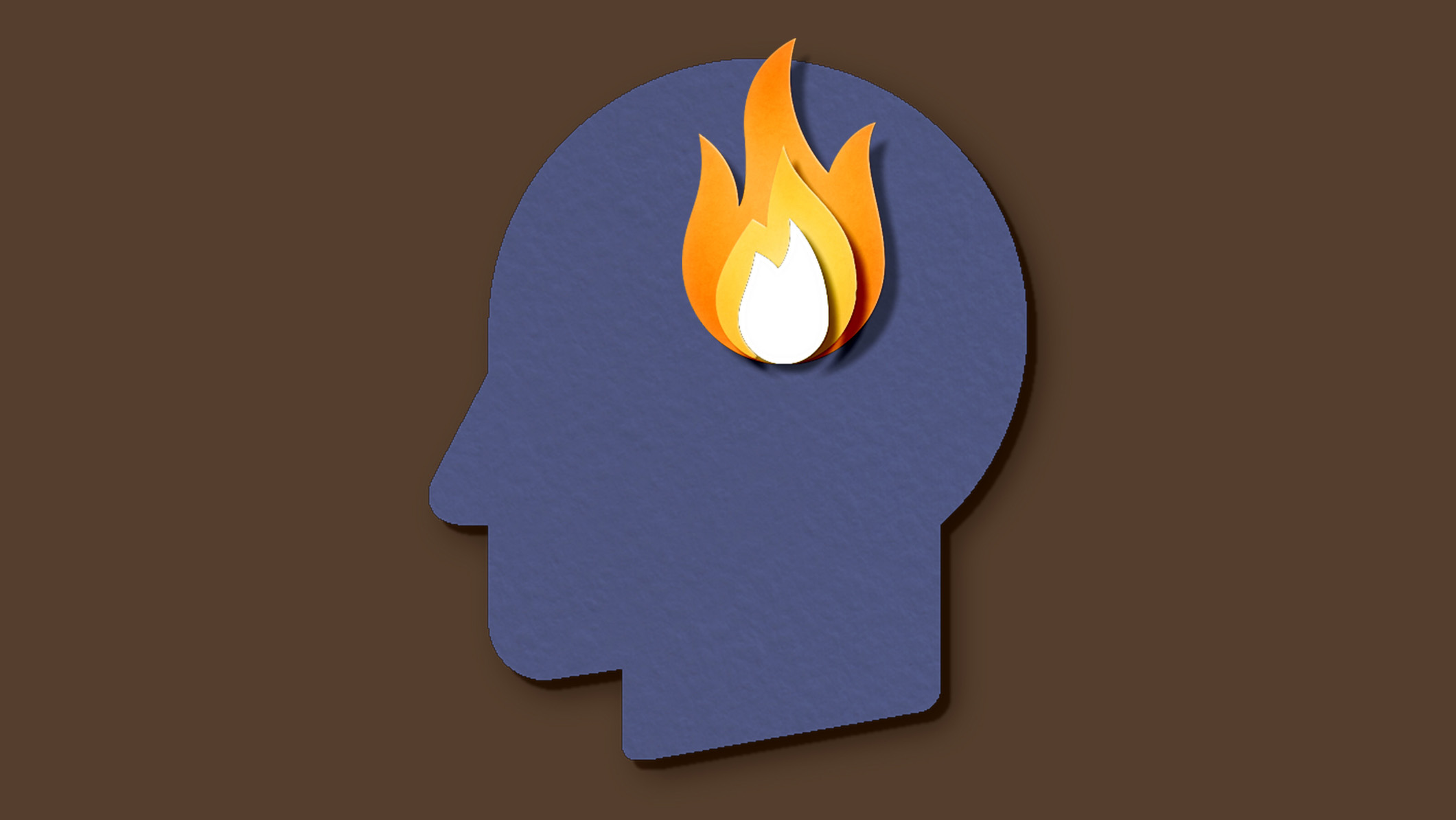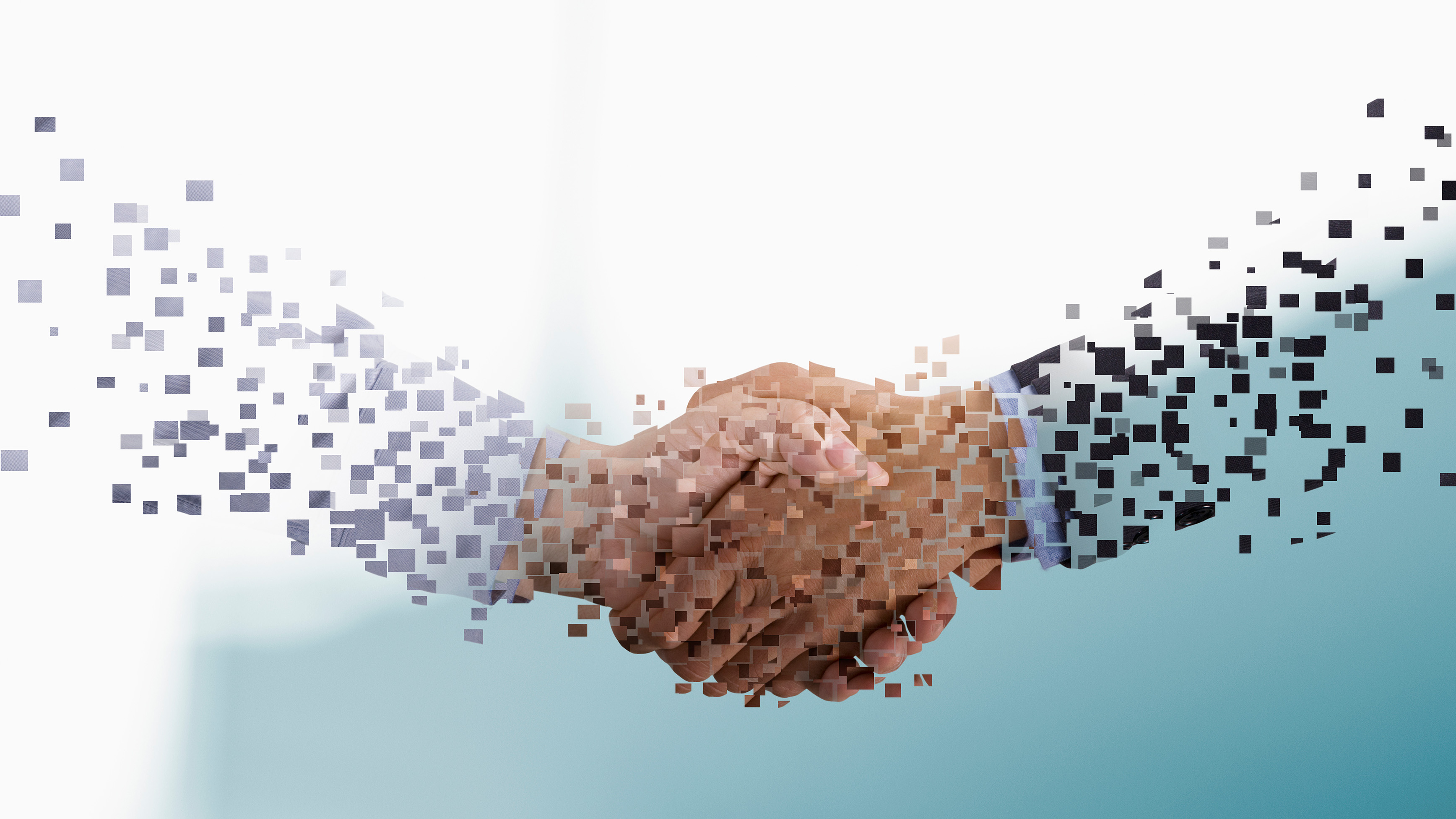Can businesses use AI to beat burnout?
As businesses adopt more generative AI tools to increase productivity, firms could use AI to beat burnout in tandem


Ask any business what its priorities are for the upcoming year and improving productivity won't be far from the top of the list. But workload is a balancing act – push employees too hard in a race to meet productivity targets and they’ll begin to experience burnout, which in turn dampens their productivity.

Leaders will look to pull a number of levers to raise productivity and lower burnout, from setting out new workforce strategies to integrating new technologies such as generative AI to assist employees in their tasks. Burnout has wide-reaching implications for the tech sector, with almost half of cyber security leaders expected to quit due to stress by 2025.
Frederik Maris, head of EMEA at Zoom tells ITPro that “burnout is an increasingly common issue in the modern world”.
“At work, the amount of impressions people receive and the speed at which they receive them is very high and can often be overwhelming. Understanding the origin of where it all starts is vital to solving burnout, and this must be looked at from a holistic point of view.”
What causes burnout?
Burnout happens when workplace stress builds up to an unsustainable level,t as stress and the sheer volume of work or length of working hours start affecting an employee’s ability to effectively carry out their role.
The shift to hybrid work has exacerbated burnout, as the line between workers’ professional and personal lives becomes increasingly blurred. Gone are the days when work could be left on one’s office desk, with bring your own device (BYOD) policies ensuring employees have access to their work anywhere they go.
This isn’t a sign of an employee lacking skills or being given especially complex tasks. In fact, according to Martin Weis, the Managing Partner and Global Co-Lead for AI at Infosys Consulting, these tasks that lead to burnout are often the more mundane, but time-consuming ones.
Sign up today and you will receive a free copy of our Future Focus 2025 report - the leading guidance on AI, cybersecurity and other IT challenges as per 700+ senior executives
“If we focus on the day-to-day work routine. I think the work that leads to burnout is the less meaningful tasks. This is usually repetitive work, where employees don't see a clear result, or work that’s done under lots of pressure on tight deadlines.”
It may well be this mundane work that “creeps up” on workers as well, as Dr Murray Ellender, Practicing GP and co-founder of online consultation platform eConsult points out.
“I think burnout creeps up on people a bit. I think you can kind of see it when the work starts to eat into more of someone’s life. Things like going to work a bit early, staying late, or dipping in at the weekends to finish off some stuff.
“It can be hard to spot because anyone with burnout tends to pretend everything's okay, for a long time. They’ll put the shield around and say, ‘Oh, no, I'm fine’, but as it just starts to intrude they tend to get into a bit of a vicious circle where they can't then see that they need to step away.”
How can firms use AI to beat burnout?
Assisting employees to complete mundane tasks along specific parameters is the main way that AI can make life easier for employees. This frees up workers to focus on more meaningful work, with Slack’s 2023 State of Work report finding that staff at firms with generative AI tools were 90% more likely to report high levels of productivity and saved up to a month of toil per year.
This helps workers and businesses in tandem, as human labour can be focused on more valuable tasks. Firms are responding by focusing on AI more than ever before, with businesses having hired 59% more AI, software engineering, and data science roles in 2023 compared to 2022, according to research from HR platform provider Deel.
In the enterprise world, Weis added that AI is helping to solve what he calls “the white paper challenge”.
“With AI, employees receive the first idea and the first summary which can be tweaked, making them more productive because they are free to do a bit more research or focus on background information to enhance what they are working on.”
Tools such as GitHub Copilot are already being used to improve developer productivity, with 46% of code being created using the tool on average according to GitHub data. The majority (90%) of developers told the firm that they can work faster and conserve mental energy by using the tool, with almost three-quarters (73%) adding that they feel more fulfilled at work having adopted the tool.
RELATED RESOURCE

Reassess your assumptions about AI
“Generative AI is improving productivity, but also helping people focus on what matters, deliver higher quality products, and therefore they are not in the stressful situations where people are close to burnout, have to work overtime, and have to deliver something to unrealistic deadlines, Weis added.”
To this point, Dr Ellender explained how AI can also be used to produce more efficient timetables for GP surgeries and reduce the workload of doctors.
“We are using AI in practices already, making sure the patient gets the right slot based on the information that has been gathered from the patient. From there we can say that this patient is most likely to need to see a pharmacist, they need to be seen face to face, and it needs to happen within this time frame.
“Doctors can then be targeted with how they slot that patient into the flow of the day, instead of sliding everyone into a 10-minute slot with a doctor. This kind of automation improves the productivity of the worker.”
Generative AI may also enable a four-day working week, as the technology’s productivity benefits enable a sizeable reduction in working hours. The effect of this on burnout could be profound; progressive research organization Autonomy, which carried out the UK’s largest four-day week trial, found workers who worked four days with no loss of pay experienced 71% less burnout.
Businesses that participated in the trial also reported a 65% reduction in employee sick days and 57% fewer staff resignations across the trial compared to a comparable length of time. If AI can support these conditions on a permanent basis, firms could benefit from a happier, healthier, and more loyal workforce.
Knock-on effects of AI for business
The improvement in work-life balance has secondary effects as well. Weis suggests that with a clearer, rested head employees will be in a better place to spot crucial details such as the giveaways that show an email is a phishing attack.
“My gut says one of the root causes of security breaches is human beings being stressed out and not reading,” says Weis. “I can receive 500 emails a day. Do I read everything? Yeah, I scan it. Do I click on everything? No.
“With something like Microsoft Copilot, employees can have their emails summarized, which can stop them clicking on it. In the future, AI will be able to identify the email address that isn’t right and flag the phishing emails that people fall for.
“With less input in their inbox, people can focus more. They can have a summary of all the email traffic, and have a summary of conversations to help them focus, be more aware, and be more productive.”

At present, AI also carries the potential for detrimental effects which could add to worker burnout. For example, over-reliance on ChatGPT has been found to harm worker performance and the tool has been found to give incorrect programming answers more than 50% of the time. Producing poor-quality work will add to any employee’s workload, as new demands will have to be balanced against a backlog of tasks to redo.
The speed at which a firm adopts AI tools may also overwhelm workers: in-house AI training may still be insufficient to unlock the productivity boost leaders aim for and rapid digital transformation can increase burnout if proper groundwork is not laid.
The tech sector has also seen a wave of AI-linked job cuts throughout 2023 as workers lose roles to increasing automation. Regardless of the benefits AI tools can bring to workers on an individual level, AI-linked mass redundancies carry a strong chance of making workers feel insecure in their workplace, or may even see workers burdened with additional responsibilities to make up for a reduced workforce.
But Microsoft’s 2023 Work Trend Index found that employees care more about AI benefits than their job security indicating that at least in the short-term, workers recognize AI tools as beneficial for their productivity and wellbeing.
Maris stresses that leaders shouldn’t start with the assumption that AI can solve burnout. “AI can certainly help the root causes that are directly linked to issues such as working overtime or tech overwhelm,” he says.
“But solving this does not require throwing more tech at the problem and seeing if it works.”
Firms could treat AI as one of a number of tools at their disposal to alleviate the pressures, alongside wider strategies to support employees and set clear policies for work-life balance and wellbeing.
Elliot Mulley-Goodbarne is a freelance journalist and content writer with six years of experience writing for B2B technology publications, notably Mobile News and Comms Business. He specialises in mobile, business strategy, and cloud technologies, with interests in environmental impacts, innovation, and competition. You can follow Elliot on Twitter and Instagram.
-
 I couldn’t escape the iPhone 17 Pro this year – and it’s about time we redefined business phones
I couldn’t escape the iPhone 17 Pro this year – and it’s about time we redefined business phonesOpinion ITPro is back on smartphone reviews, as they grow more and more intertwined with our work-life balance
-
 When everything connects, everything’s at risk
When everything connects, everything’s at riskIndustry Insights Growing IoT complexity demands dynamic, automated security for visibility, compliance, and resilience
